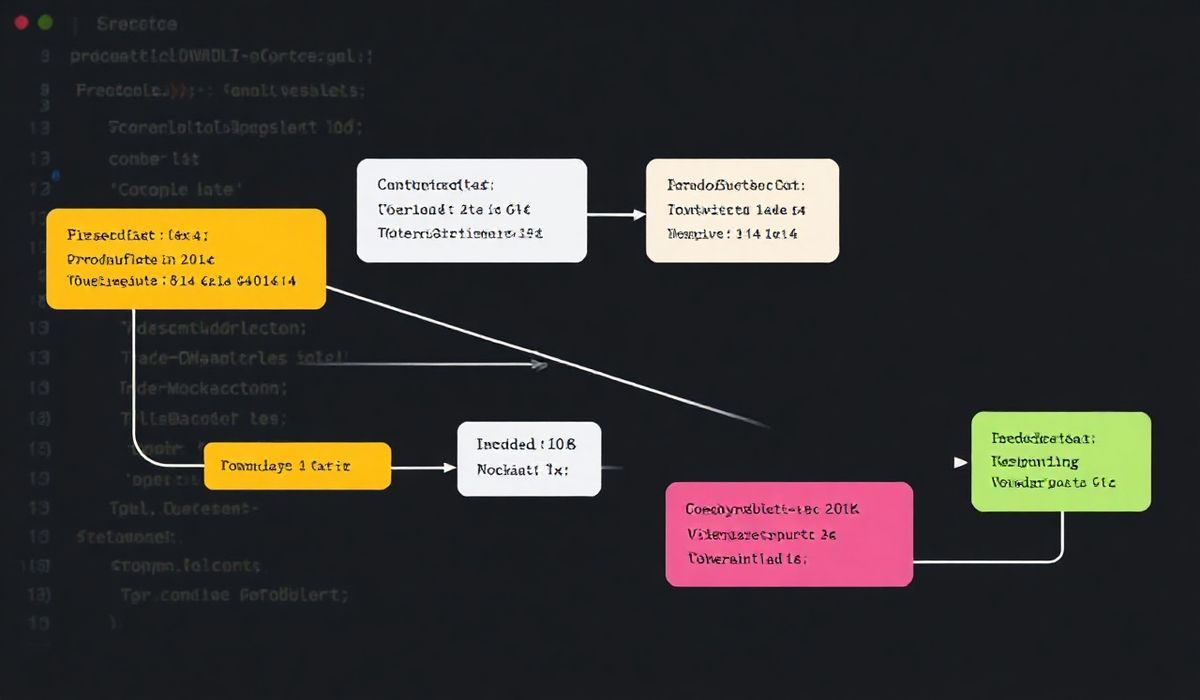Introduction to Protocol Buffers (Protobuf)
Protocol Buffers (Protobuf) is a high-performance, language-neutral serialization library created by Google. It enables developers to serialize structured data into compact and efficient binary format, making it faster to transmit and store information compared to JSON or XML. Protobuf is widely used in distributed systems, APIs, and microservices due to its speed and flexibility. This guide delves into its features, key APIs, code examples, and a complete app showcasing its capabilities.
Getting Started
- Install Protobuf:
- Add the Protobuf library to your programming language of choice using official plugins.
# For Ubuntu
sudo apt install -y protobuf-compiler
# For MacOS via Homebrew
brew install protobuf
Key Features of Protobuf
- Compact binary serialization for faster data transfer.
- Language neutrality – supports multiple languages like Python, C++, Java, Go, and more.
- Backward and forward compatibility for sophisticated versioning of APIs.
Understanding Protobuf Syntax
A Protobuf schema defines your data structure. This schema file has a `.proto` extension. Here’s an example schema:
syntax = "proto3";
message Person {
string name = 1;
int32 age = 2;
string email = 3;
}
Each field in the message has a type, name, and field number. The field number is used in serialized data.
APIs and Code Snippets
1. Generating Code from Protobuf Schema
After defining your schema, use the Protobuf compiler (protoc) to generate code for your target language:
protoc --python_out=. example.proto
This generates a example_pb2.py file for Python with the necessary classes.
2. Serialization and Deserialization
Example in Python:
from example_pb2 import Person # Create a new Person object person = Person() person.name = "John" person.age = 30 person.email = "john.doe@example.com" # Serialize to binary serialized_data = person.SerializeToString() # Deserialize from binary new_person = Person() new_person.ParseFromString(serialized_data) print(new_person.name, new_person.age, new_person.email)
3. Using Protobuf with REST APIs
Example in Python with Flask:
from flask import Flask, request
from example_pb2 import Person
app = Flask(__name__)
@app.route('/api/person', methods=['POST'])
def create_person():
person = Person()
person.ParseFromString(request.data)
return f"Received: {person.name}, {person.age}, {person.email}"
if __name__ == "__main__":
app.run()
4. Streaming Data
Protobuf can also be used to stream data in real time:
def stream_person_data():
for person_data in some_data_source:
person = Person()
person.ParseFromString(person_data)
yield person
Complete App Example
Let’s build a complete Python app utilizing Protobuf to manage users:
- Define a
Usermessage in the schema:
syntax = "proto3";
message User {
string id = 1;
string username = 2;
int32 age = 3;
}
from flask import Flask, request
from user_pb2 import User
app = Flask(__name__)
users_db = {}
@app.route('/user', methods=['POST'])
def add_user():
user = User()
user.ParseFromString(request.data)
users_db[user.id] = user
return f"User {user.username} added.", 201
@app.route('/user/', methods=['GET'])
def get_user(user_id):
user = users_db.get(user_id)
if not user:
return "User not found", 404
return user.SerializeToString()
if __name__ == "__main__":
app.run()
Conclusion
Protobuf is a robust library for efficient data serialization and communication between systems. It enhances performance with its compact binary format, making it a go-to choice for APIs and microservices. In this article, we covered its basics, key APIs, code snippets, and a complete app showcasing its utility.




